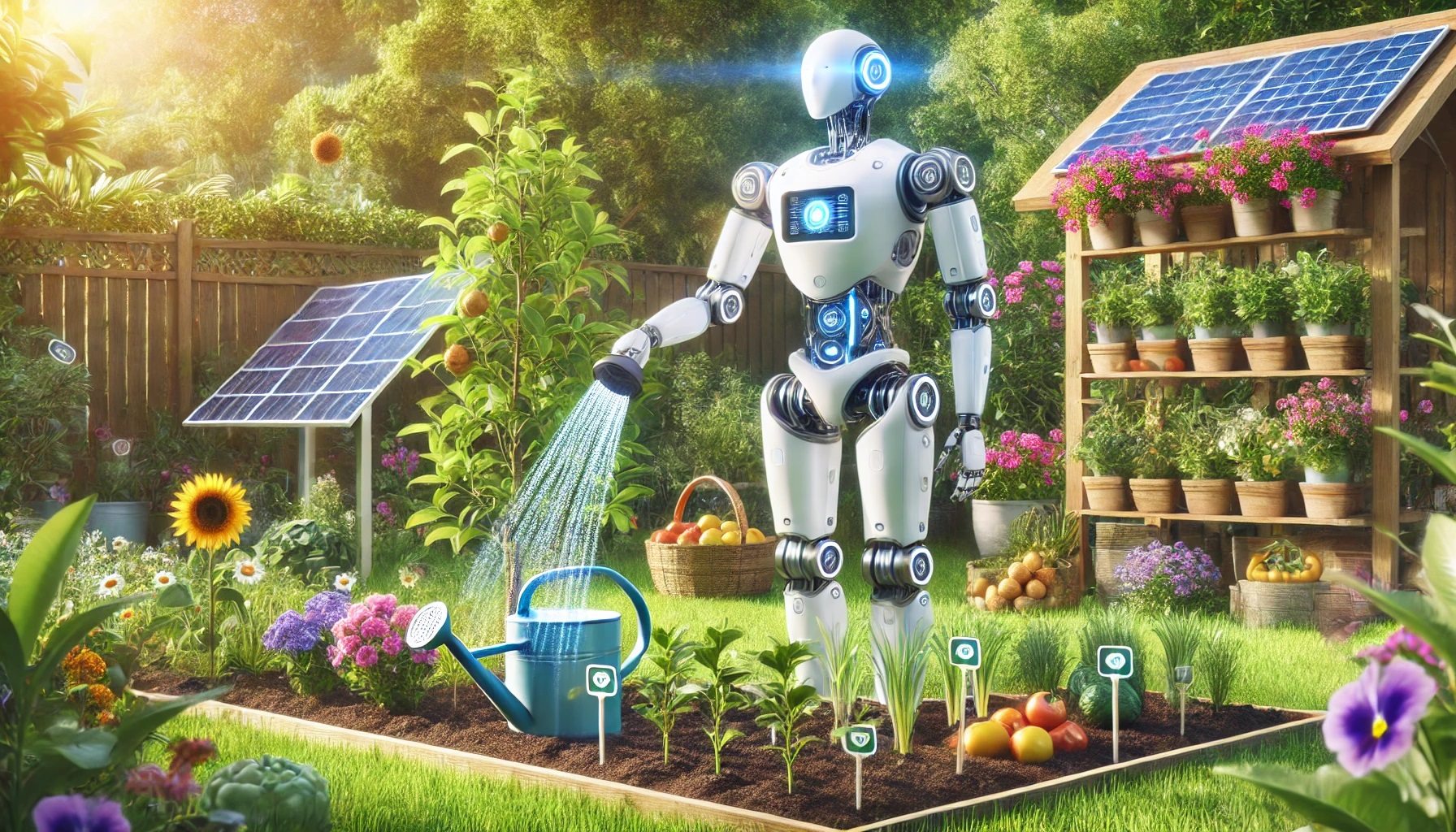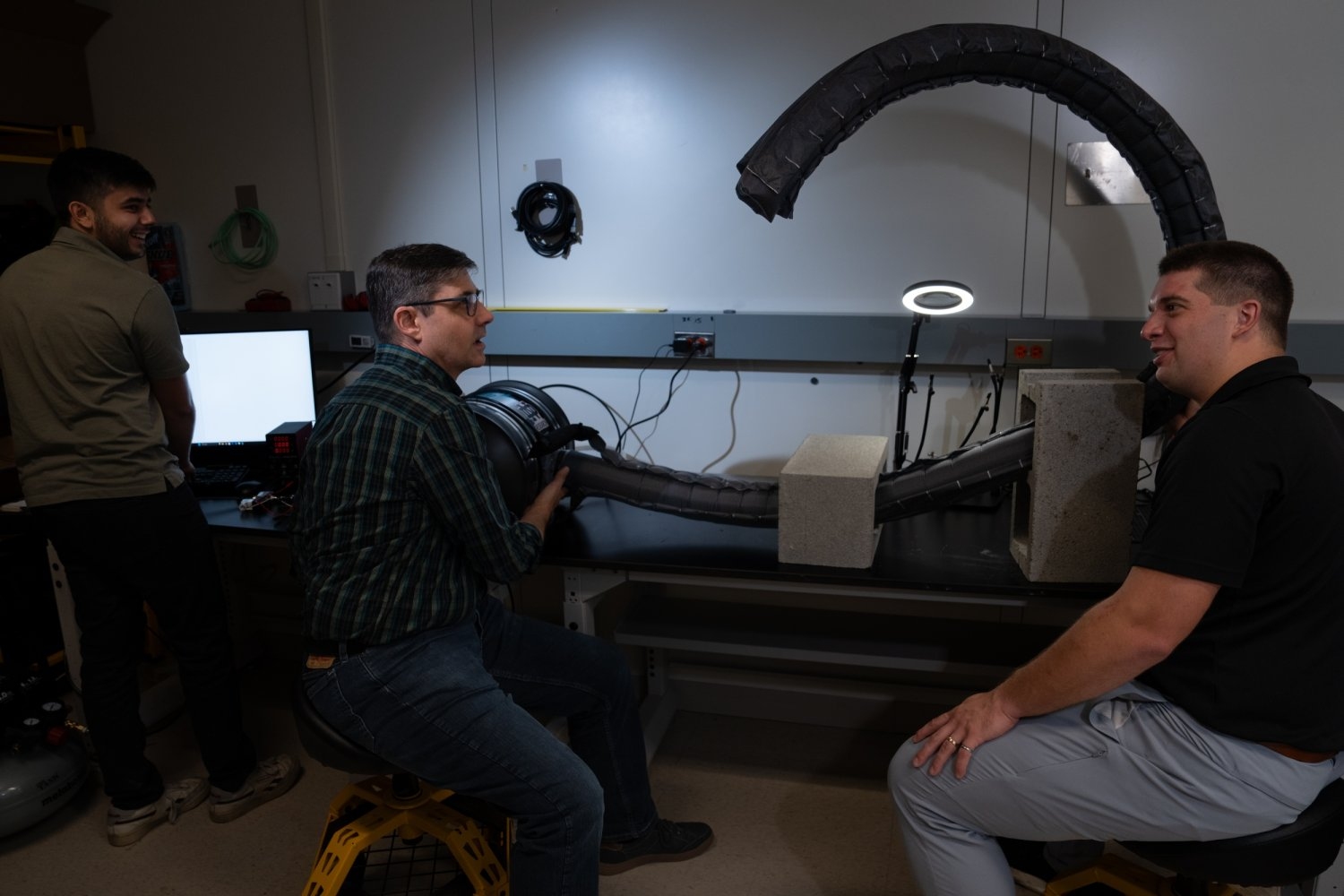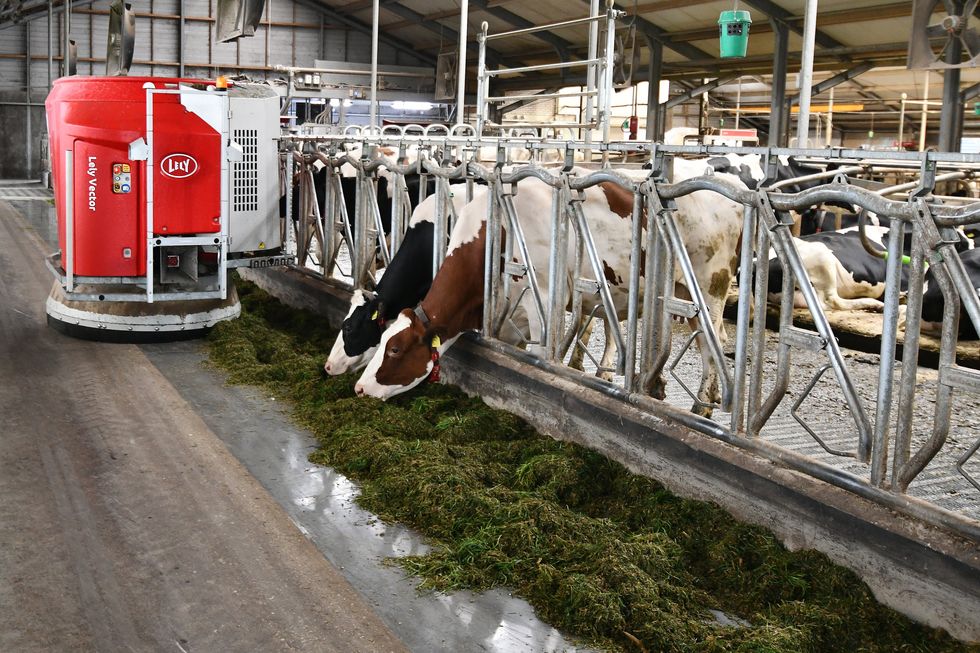Adopting humanoid robots for home gardening is an innovative idea that merges robotics, AI, and horticulture. Here’s how humanoid robots could assist in home gardening and the considerations involved:
Potential Applications in Home Gardening
Plant Care
Watering plants accurately based on moisture levels.
Pruning, weeding, and deadheading flowers.
Monitoring plant health through sensors that detect signs of pests, diseases, or nutrient deficiencies.
Automated Gardening Tasks
Planting seeds with precision
Harvesting fruits, vegetables, or flowers without damaging them.
Mixing and applying fertilizers or compost.
Environmental Monitoring
Using sensors to monitor temperature, humidity, and soil pH.
Adjusting irrigation systems or suggesting solutions to optimize plant growth.
Smart Integration
Integrating with smart home systems for scheduling gardening tasks.
Using AI to analyze weather data and recommend adjustments to garden care routines.
Personalization
Learning user preferences for garden design and plant selection.
Customizing care for different plants based on species requirements.
Benefits
Efficiency: Robots can work tirelessly, saving time for the user.
Precision: AI-powered humanoids can perform delicate tasks with consistent accuracy.
Learning Capability: With machine learning, they can improve over time, adapting to specific gardens and plant needs.
Accessibility: Useful for individuals with mobility issues or limited gardening knowledge.
Challenges
Cost: Advanced humanoid robots may be expensive, limiting accessibility for most households.
Technical Limitations: Complex tasks like identifying specific weeds or diseases may require significant advancements in AI.
Energy Consumption: Battery life and energy usage could be a concern, especially in outdoor settings.
Weather Resilience: The robot would need to be designed for outdoor use, including water resistance and temperature adaptability.
Human Interaction: Ensuring safety and ease of use for non-technical users is crucial.
Key Technologies Involved
AI & Machine Learning: For plant health diagnosis, task automation, and user customization.
Robotics: For physical interaction with the garden environment.
IoT Sensors: For real-time monitoring of environmental factors.
Computer Vision: For plant recognition, pest identification, and task execution.
Future Prospects
The integration of humanoid robots into home gardening could expand as costs decrease and technology improves.
Collaboration with gardening apps or smart home ecosystems could create seamless user experiences.
Solar-powered humanoids or those designed for permaculture settings might appeal to eco-conscious users.
How useful was this post?
Click on a star to rate it!
Average rating 4.9 / 5. Vote count: 8
No votes so far! Be the first to rate this post.
We are sorry that this post was not useful for you!
Let us improve this post!
Tell us how we can improve this post?





